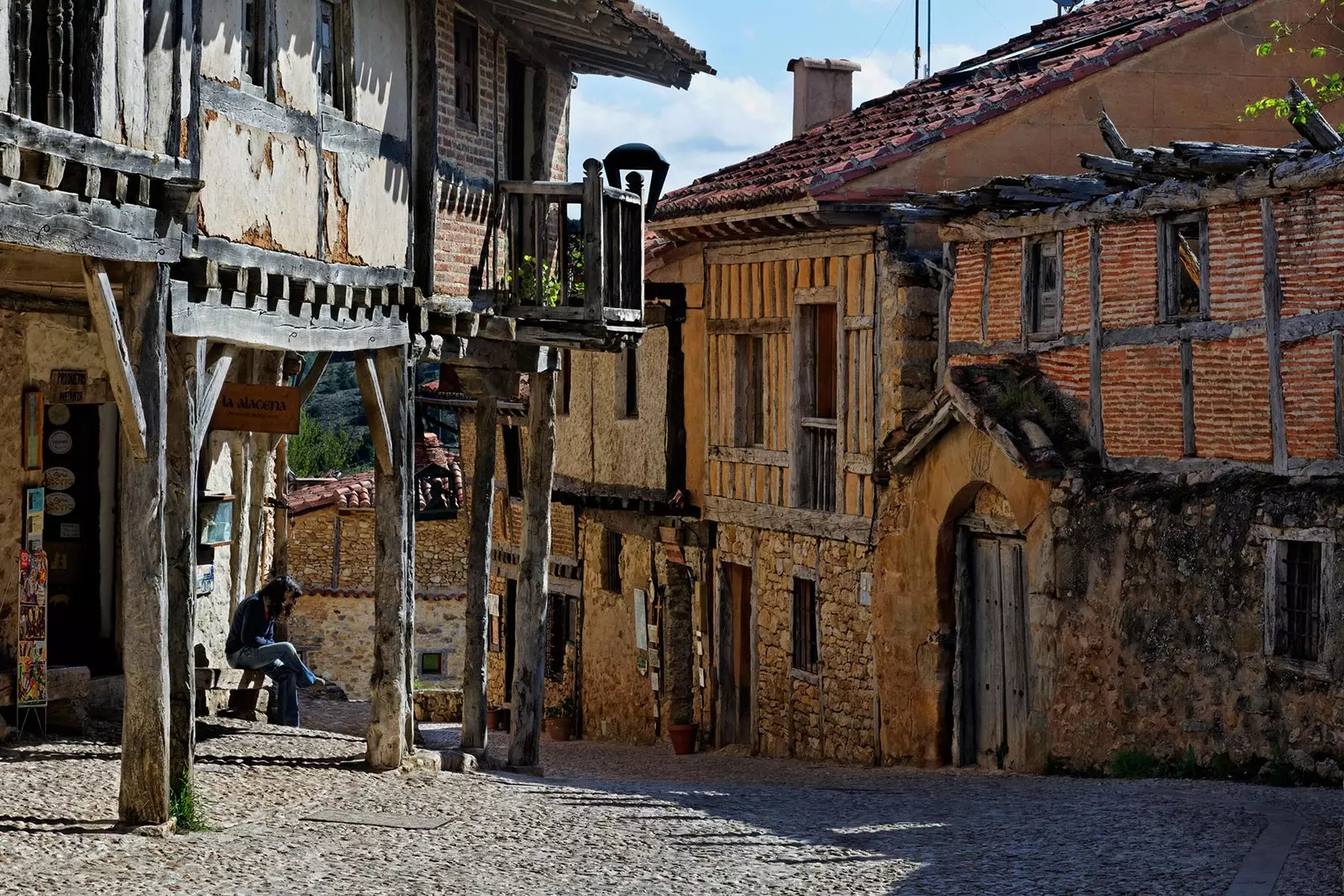
The Spanish 'Siberia'
But I think in this busy life in which we are immersed, where we choose an increasingly remote place to go on a trip, this type of summer will acquire all its validity. They are already highly sought-after destinations for a rural getaway, but something tells me that “a month in Soria” can have a future.
The “empty” or “quiet” Spain appears as a haven of peace away from the madding crowd two steps from home. Tranquility away from the hustle and bustle. No hordes of tourists. After all, these areas have many of the attractions of, for example, Tuscany or Provence. All this being a much more virgin area than the previous ones. And the virginity of a territory will soon become –if it isn't already- a virtue.
The "Spanish Siberia" , as this area has also been called, is formed by the arch comprised of the north of the provinces of Cuenca and Guadalajara, the **northeast of Segovia**, the south of Saragossa and the provinces of ** Teruel and Soria **.
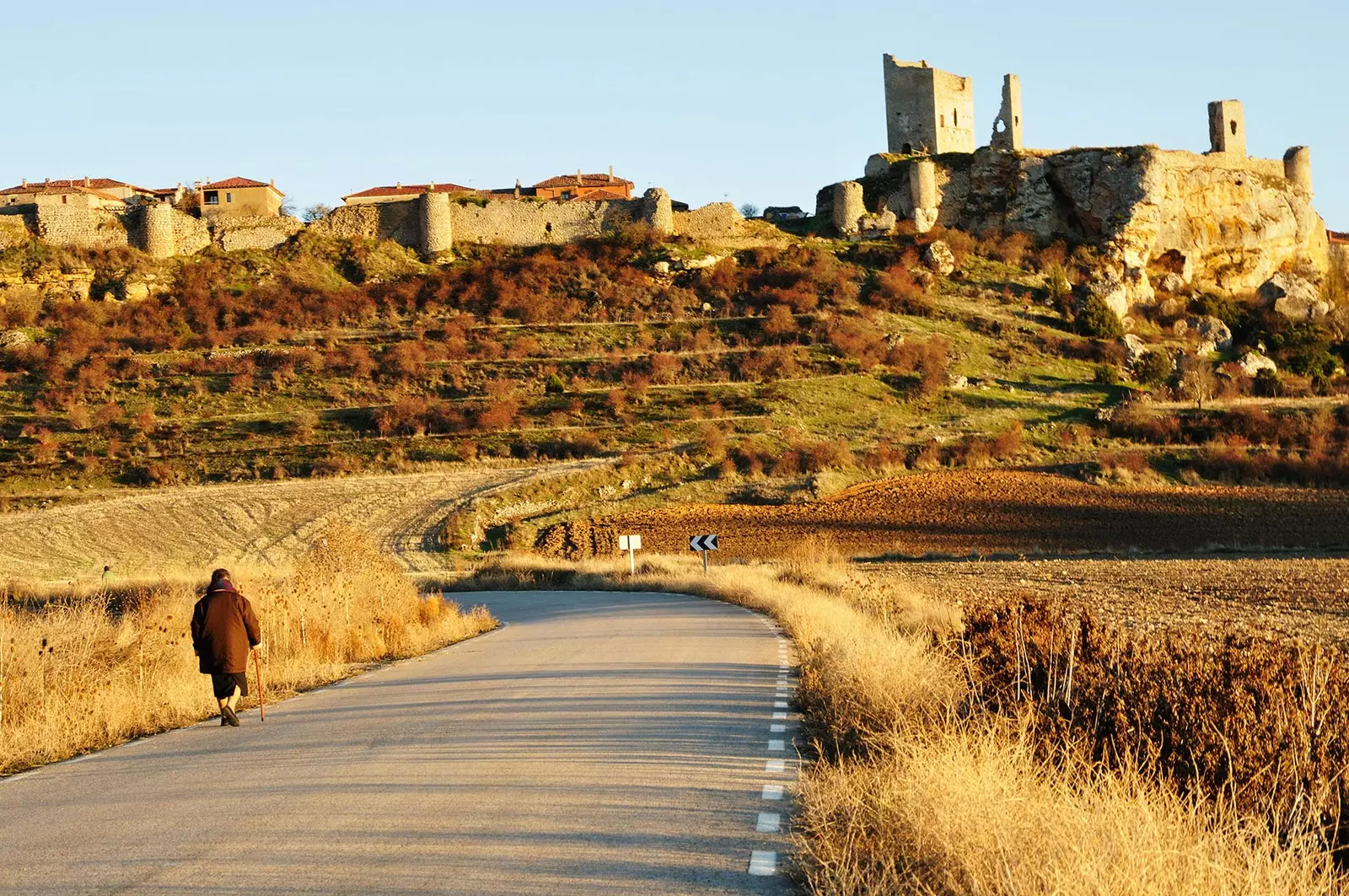
Calatanazor, Soria
The boundaries are not clear, but this entire area is characterized by a very low population density . If in Madrid, less than 100 kilometers away from many of these points, 5,000 people live per square kilometer, in these areas it is possible to find municipalities with population densities of less than one inhabitant per square kilometer. Fewer people than in Siberia itself.
We can talk about unpopulated areas in any rule. In fact, they far exceed the definition of uninhabited territory given by the European Union: less than eight inhabitants per square kilometer.
But what is and has been, without a doubt, a problem for its inhabitants, for example when it comes to accessing services; it could be an opportunity for an increasingly fashionable leisure travel model.
If we add to this the multiple historical and natural attractions of these regions, we can say that **this depopulated Spain may be on the verge of a "new awakening"** after the massive exodus throughout the 20th century of its inhabitants to the surrounding big cities.
There are many options to explore this area. One of them is to set a point of reference from which to move to discover these historical and natural attractions. Another option is to make a route through the towns that make it up. What follows are several reference points that give this area great attractions.
MEDIEVAL GUADALAJARA
Head of the Alcarria , in Sigüenza the trip to the Middle Ages is palpable in every corner of its streets. It keeps for itself a splendid medieval cathedral and a castle, today a Parador, which make this town an essential Castilian.
Cathedral, whose construction began in the 12th century houses the quintessential image of the town: the doncel, a funerary sculpture famous for its realism and perfection in execution.
Around it, the Alcarria appears as a wasteland only interrupted by some valleys like those of the Tajo, Tajuña or Henares . Tranquility in abundance very close to the frenetic Madrid.
To the north of Sigüenza rests start , who sees the passing of the years with a enviable tranquility. This peaceful medieval town is powerfully walled, as if it wanted to protect itself from the frenzy today. It is located in the region of the Sierra of Guadalajara, a land that many rivers have chosen to be born and that contains true natural jewels.
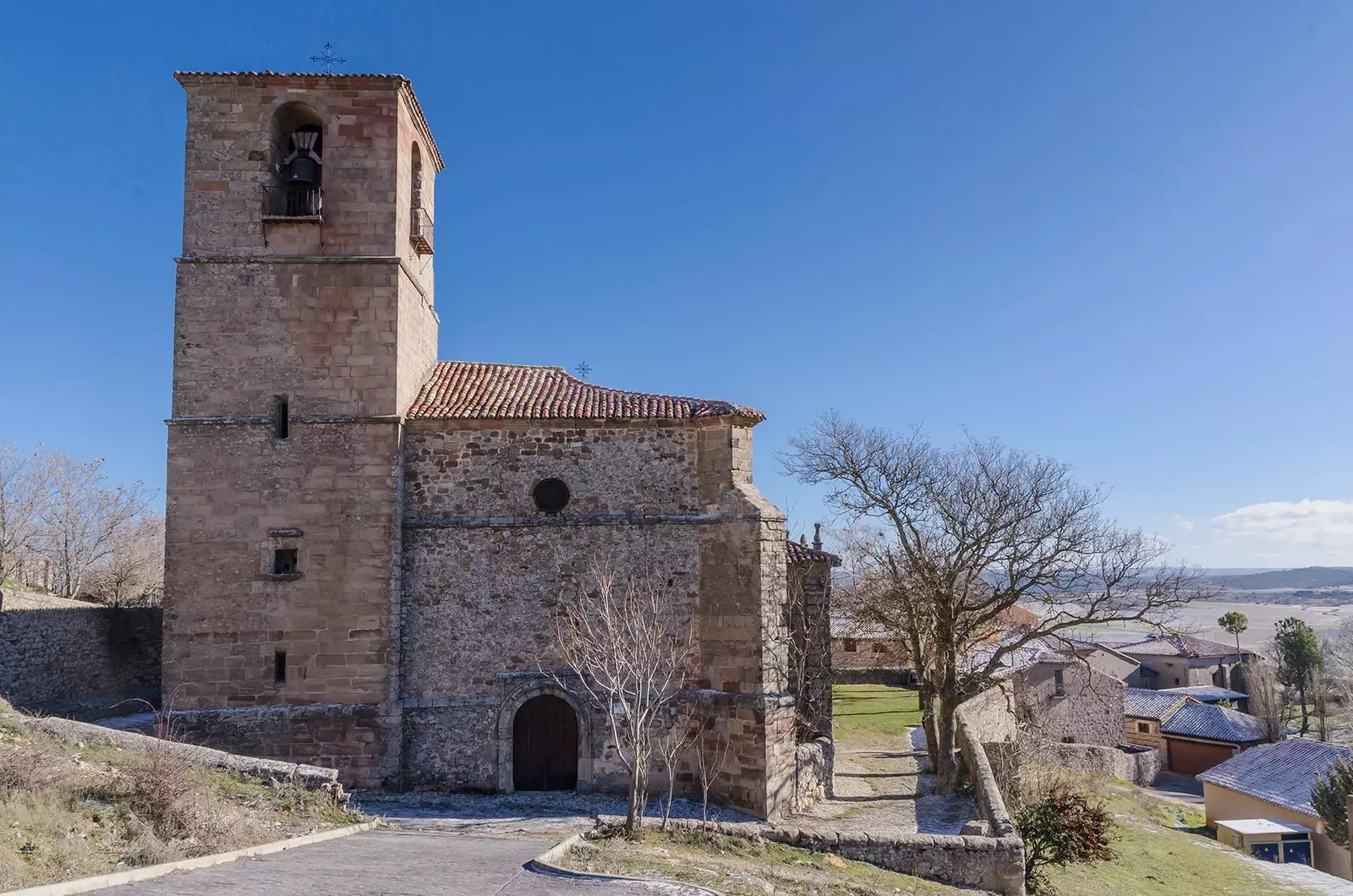
Starts in Guadalajara
We jump to Mill of Aragon , in guadalajara, which -of course- also adds to this list of essentials of the whispered and quiet Spain. Location famous for its frigid temperatures in winter , is one of those points that surprises by the collection of art and culture in such a small space.
Sheltered by a spectacular wall, Molina de Aragón It was a land of crossroads of cultures and miscegenation . This testifies its castle and the horseshoe doors , heiresses of the Arabs and later converted into a Christian fortress.
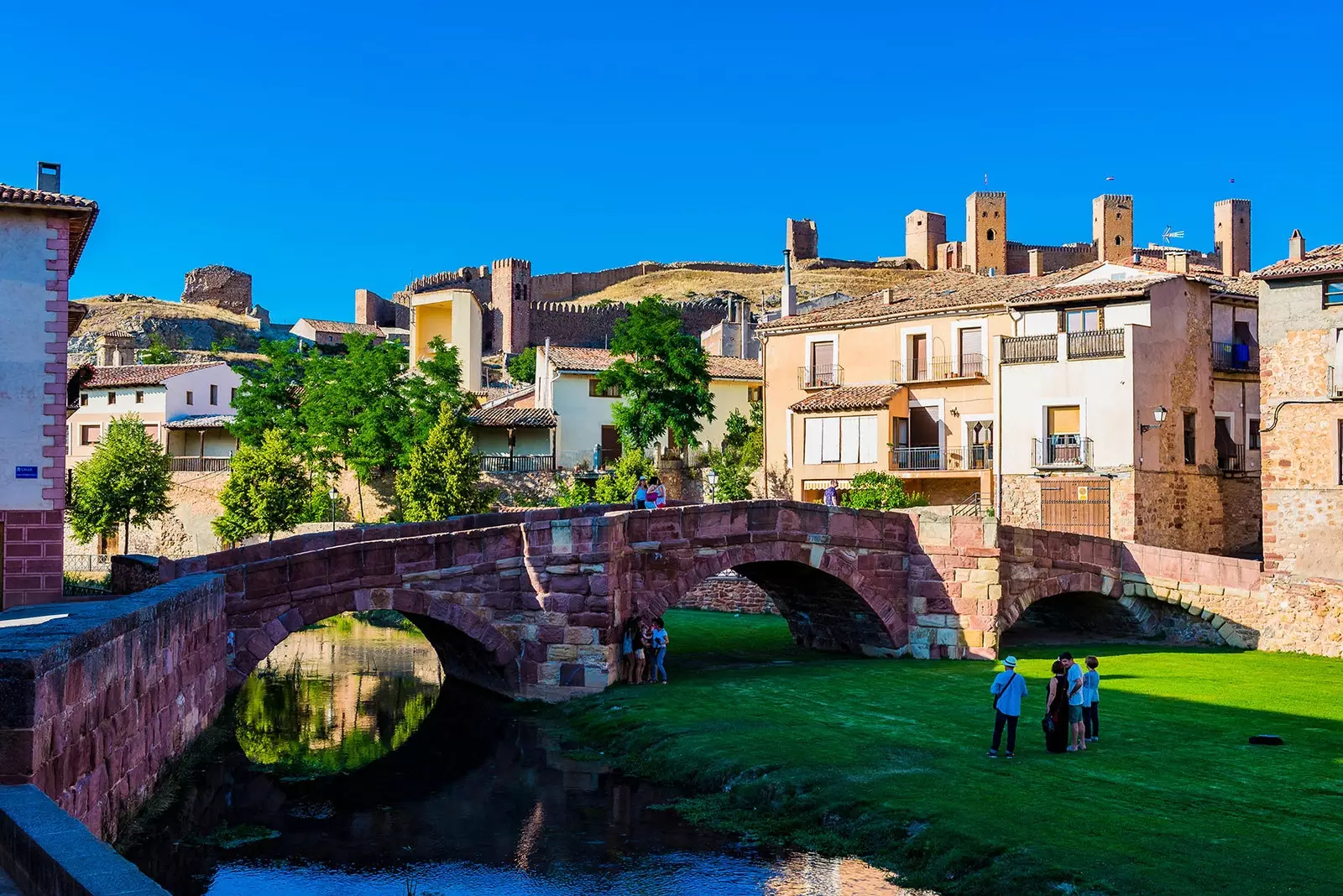
Mill of Aragon
THROUGH SORIAN LANDS: ART AND NATURE
Already on the way to Soria, as the song said, the Burgo de Osma It is without a doubt a must stop in this quiet Spain. Archiepiscopal city, highlights its Gothic cathedral and its wall at the foot of the Duero. The Lands of Osma are without a doubt a space for calm.
Very close, nature appears powerful, with the Lobos River Canyon as main teaches. It is a deep limestone gorge. Formed by an ancient and intense erosion of the Lobos River, it runs for more than 25 kilometers with a multitude of hiking trails around it. The surrounding area, with kilometer-long pine forests and centenary juniper groves are fertile territory for mushrooms.
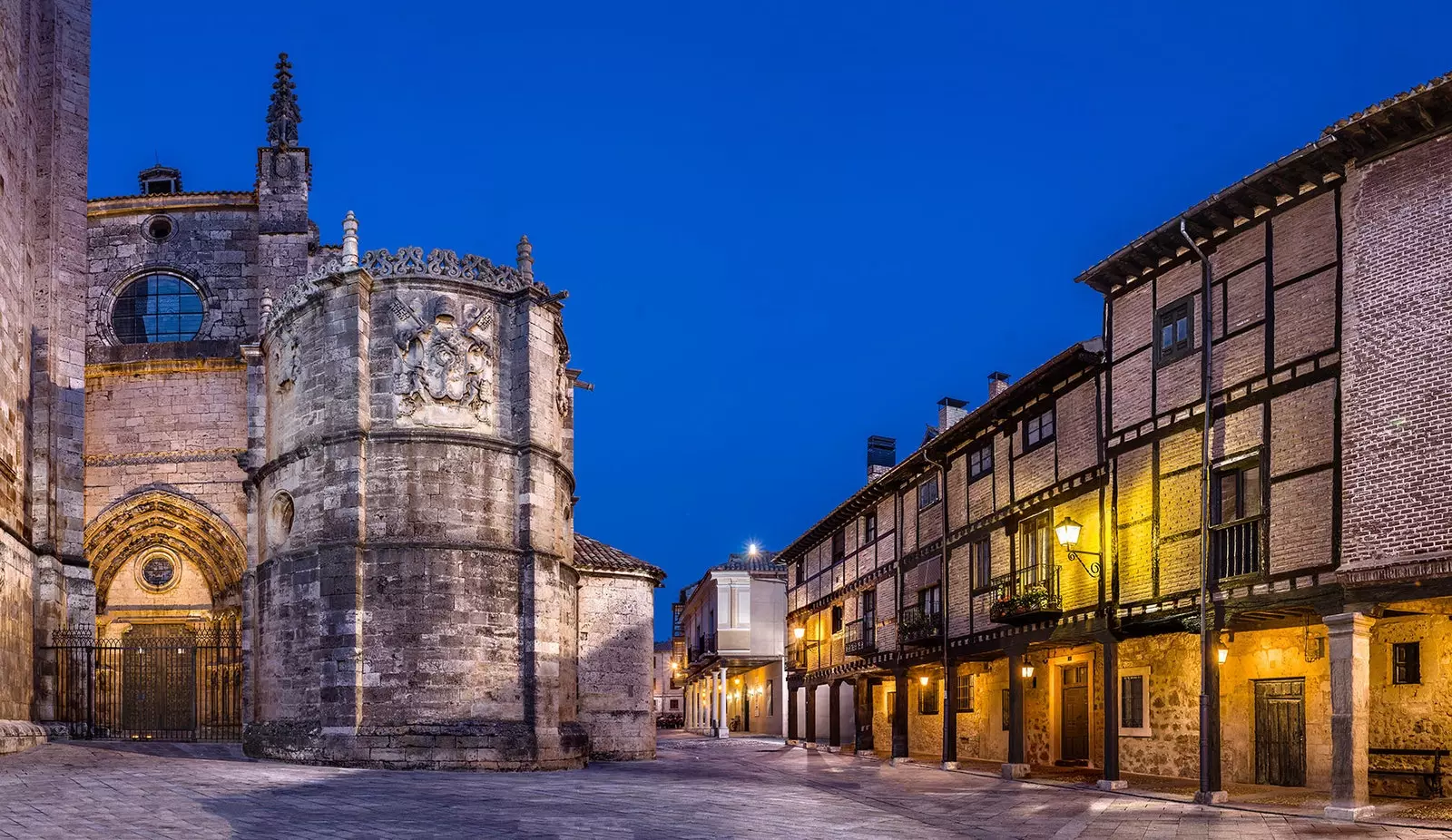
The monumental Burgo de Osma
in the neighbor Saint Stephen of Gormaz all the attractions of the province of Soria coexist perfectly. It is a land of wines, those from Ribera de Duero, a denomination of which the region is a part. Not in vain, in San Esteban there are still traditional cellars excavated in the rock.
But it is also a land of history. The castle, which dominates the entire town from the top of a hill, has been a silent witness to all this happening. On the southern slope of the hill, the historic center unfolds, in which the Romanesque churches alternate with mansions with coats of arms, with shields belonging to noble families and that speak of the glorious past of San Esteban.
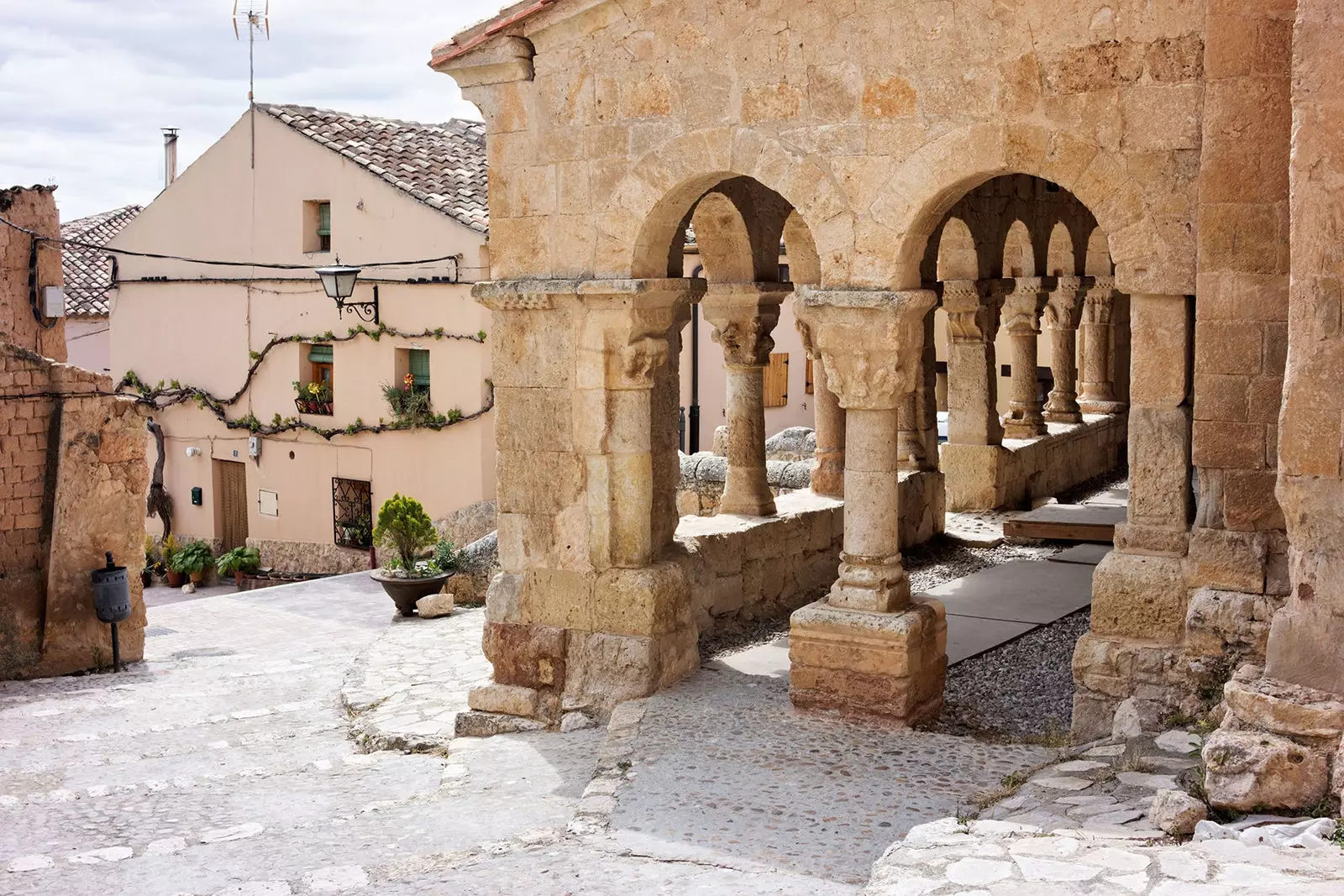
Saint Stephen of Gormaz
SEGOVIA IN ITS PUREST STATE
There are more charming towns in this inland Spain. It is the case of the Segovian Sepulveda. This city perched on a cliff shows off its walled enclosure splendidly from a distance. Inside, the Romanesque flair is unbeatable, with churches like those of El Salvador or Santiago , to highlight a few.
The main square and the streets that are born in it are also undoubtedly worth a stop. As if that were not enough, two steps from Sepúlveda are the Hoces del Duratón , a deep canyon at the passage of this river, with slopes of up to 100 meters. It is the refuge of the largest colony of griffon vultures in Europe, with more than 750 specimens.
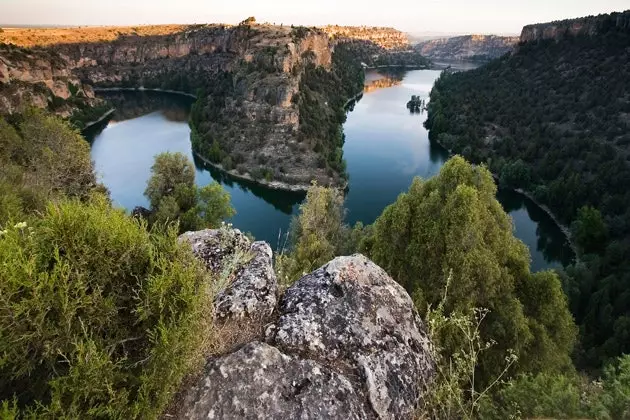
Hoces del Duraton, Segovia
ARAGONESE BEAUTY
Also to the south of the immense province of Zaragoza is “empty Spain”, characterized by low population densities. Very close to Teruel, Daroca , has nothing more and nothing less than four kilometers of perfectly preserved walls and that can be traveled on a route for that purpose. The Jewish quarter is not wasted.
already in Teruel, Albarracin is worthy of a quiet stay. It is probably one of the most beautiful villages in Spain. And so it has been stated ad nauseam. Its incentives are clear: hanging houses, a cathedral complex that includes the episcopal palace and its walls full of towers on which there is a castle. All this in a town where brick and tile coexist harmoniously with the landscape to the point of painting a splendid postcard.
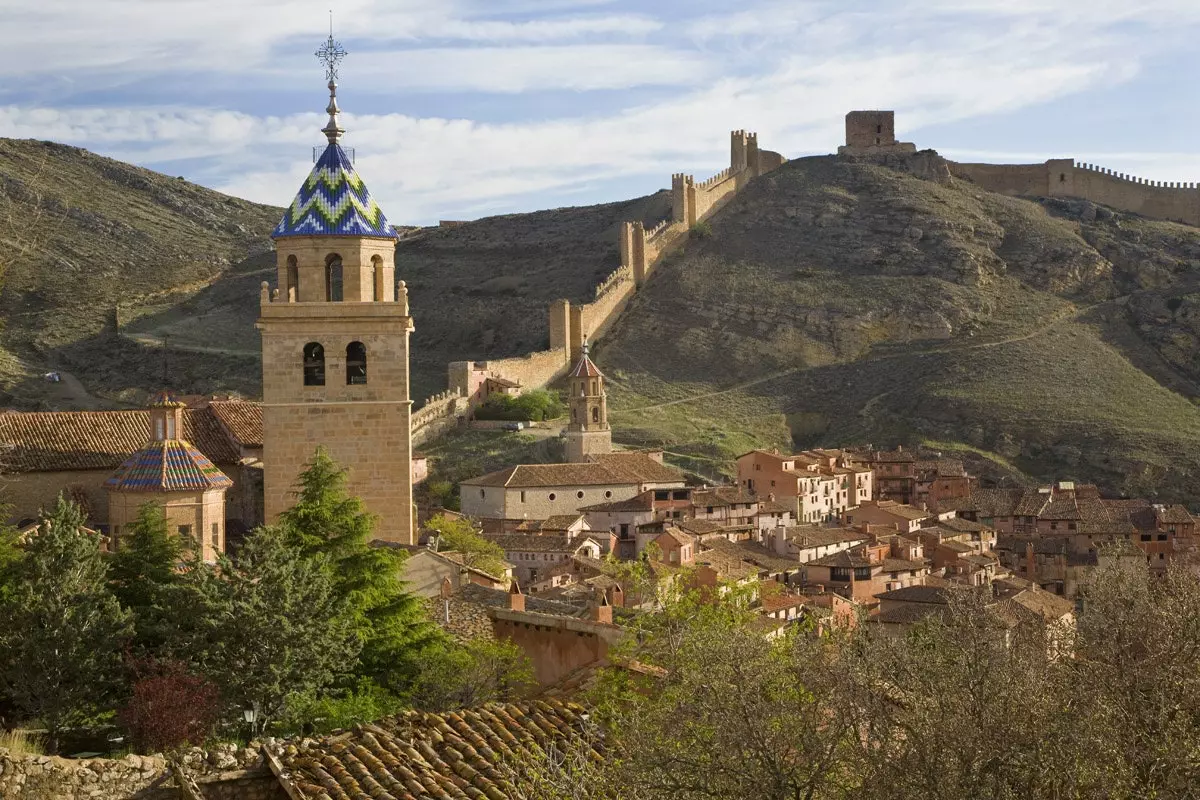
Albarracin, Teruel
BASIN AND ITS MOUNTAINS
Empty Spain is completed in the province of Cuenca, which houses quiet villages such as Sacedón, in the vicinity of the swamps of Entrepenas and Buendia . But above all Cuenca is Serrania . There it is possible to immerse yourself in a succession of abrupt forms of relief and intricate geological formations that cover thick forest masses of pine forests.
Not in vain is it one of the great Spanish mountains par excellence, crossed by three main rivers with very different destinations. On one hand the Raven and the Escabas , which end in the Tagus and by extension in the Atlantic. On the other, the Júcar, which leaves in search of the Mediterranean.
To the south of the current nature reserve are the torques, some strange natural sinkholes located in the heart of the pine forests and in which it is often possible to find lagoons.
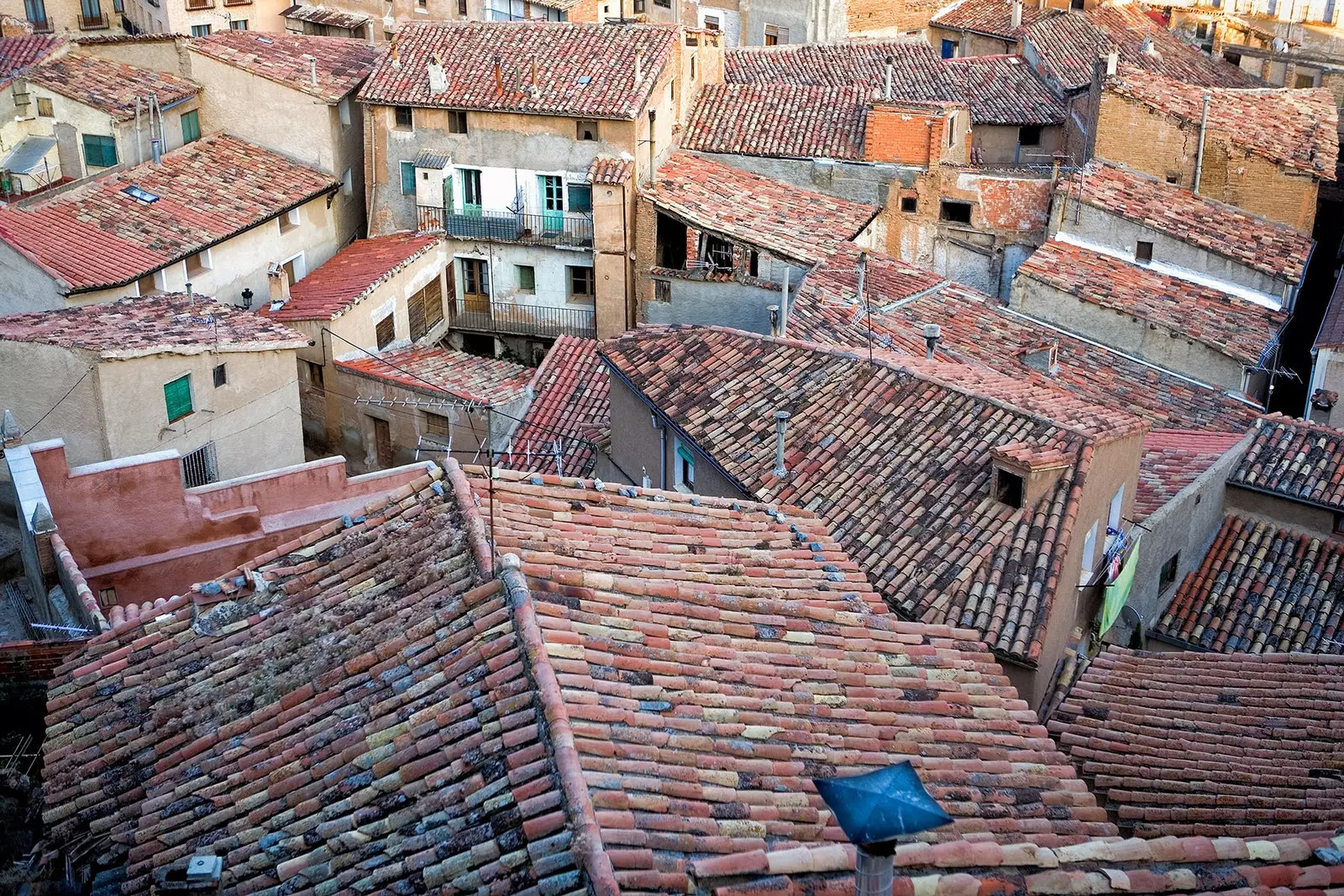
Daroca
